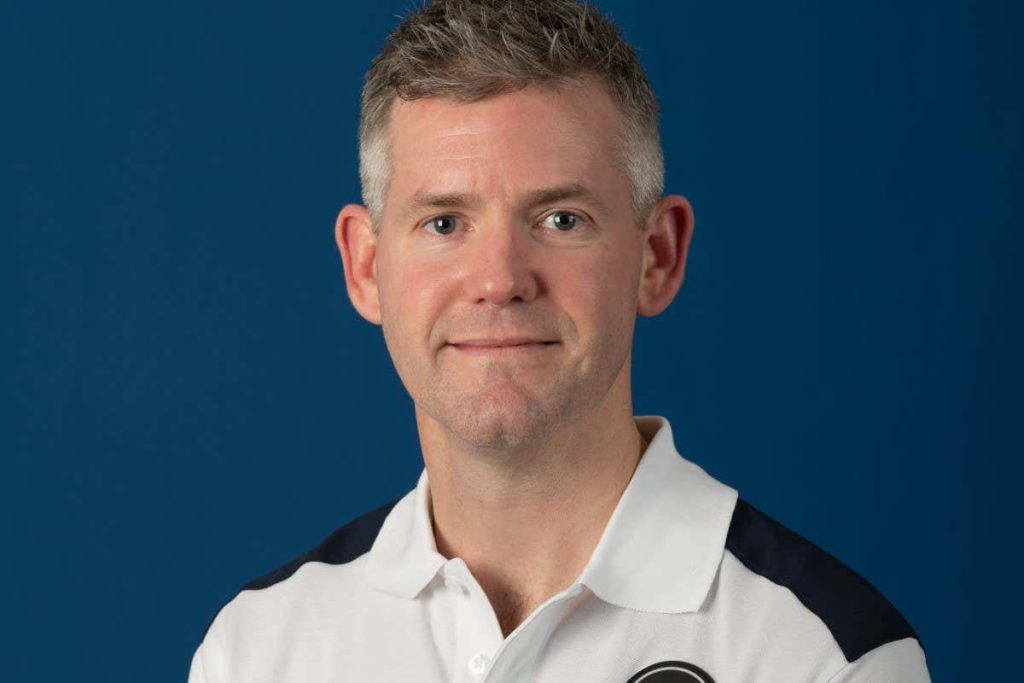The European Space Agency has chosen an astronaut with a physical disability for the first time, as one of six new trainees for space missions
Space 23 November 2022 , updated 24 November 2022
By Alex Wilkins
New astronaut John McFall
ESA – P. Sebirot
The European Space Agency (ESA) has announced its newest astronauts, including the first ever astronaut with a physical disability.
John McFall, who is from the UK, had his right leg amputated after a motorcycle accident at age 19. He is a surgeon who has represented Great Britain and Northern Ireland as a Paralympic sprinter.
The other astronauts are engineer and pilot Sophie Adenot from France, aerospace engineer Pablo Álvarez Fernández from Spain, biomedical engineer Raphaël Liégeois from Belgium, doctor Marco Sieber from Switzerland and astronomer Rosemary Coogan from the UK.
Advertisement
“My research is in galaxy evolution, so I’ve always been interested in space and space science,” says Coogan. “This is really taking it to the next level.”
ESA also announced 11 astronauts who will enter its new astronaut reserve, which is made up of people who made it through the entire selection process, but weren’t chosen for full-time service.
“This selection was about talent and about capabilities to be a fantastic astronaut, but I’m also very proud that it happens to be a very good distribution of genders,” ESA director-general Josef Aschbacher said at a press conference on 23 November.
After announcing last year that it would be selecting new astronauts for the first time since 2008, ESA received more than 22,500 applications from 25 countries, 17,126 of which were from men and 5397 of which were from women.
There were 257 applications specifically for the role of “parastronaut”, which ESA confined to people with “lower limb deficiencies”. This was defined as either a single or double foot deficiency through the ankle or below the knee, a pronounced leg length difference or a height below 130 centimetres.
The role of parastronaut isn’t a guarantee for space flight, according to ESA, but instead is a “feasibility project” where ESA will assess spacecraft and procedural adaptations for a possible space mission.
The successful astronauts had to make it through six stages. After the initial screening, the first group of candidates went for a full day of psychological performance testing to see if they could cope with the stresses of space flight. This group was then whittled down to just over 400 people, who then went for more psychological interviews and group tests. Those who passed took medical tests and, if they passed, were invited to a final round of recruitment interviews.
“It feels as though we’ve been tested on everything imaginable really, from physics and maths skills to memory, psychology, interaction with others, medical, enthusiasm, everything I can think of,” says Coogan.
The successful applicants will undergo a year-long basic training course at ESA’s European Astronaut Centre in Cologne, Germany.
When they have finished their training, they will be assigned to missions, including stays on the International Space Station (ISS).
This training involves getting to grips with space flight, learning about systems on the ISS, survival training and spacewalking, as well as specialised skills, such as remotely operating a robot, docking with spacecraft and learning Russian.
ESA has already selected seven astronauts who will train for the Artemis mission to the moon, in which it is partnering with NASA, but if this is successful, the new astronauts could join future moon missions.
Sign up to our free Launchpad newsletter for a voyage across the galaxy and beyond, every Friday
More on these topics:

